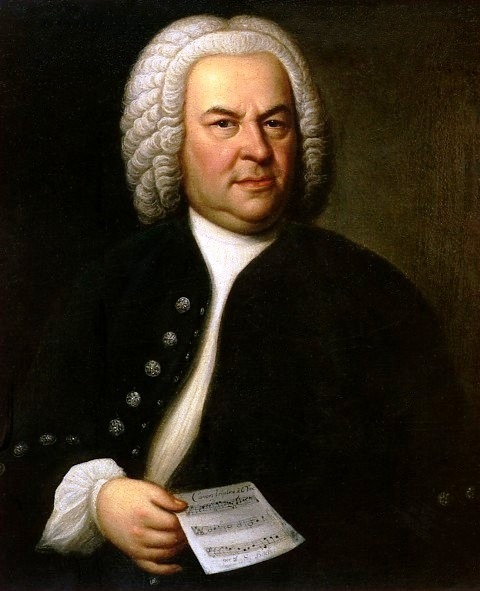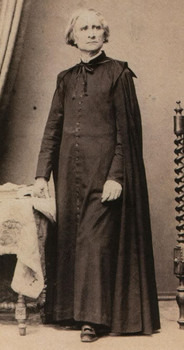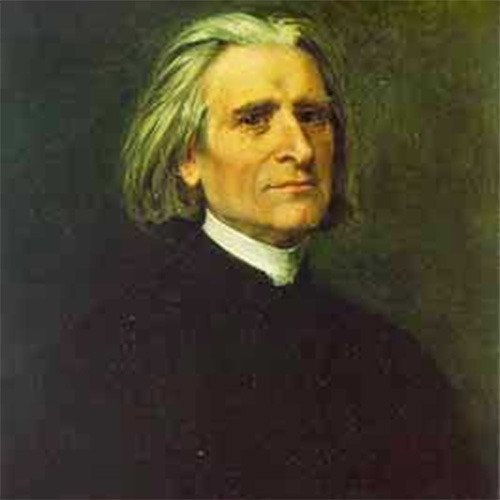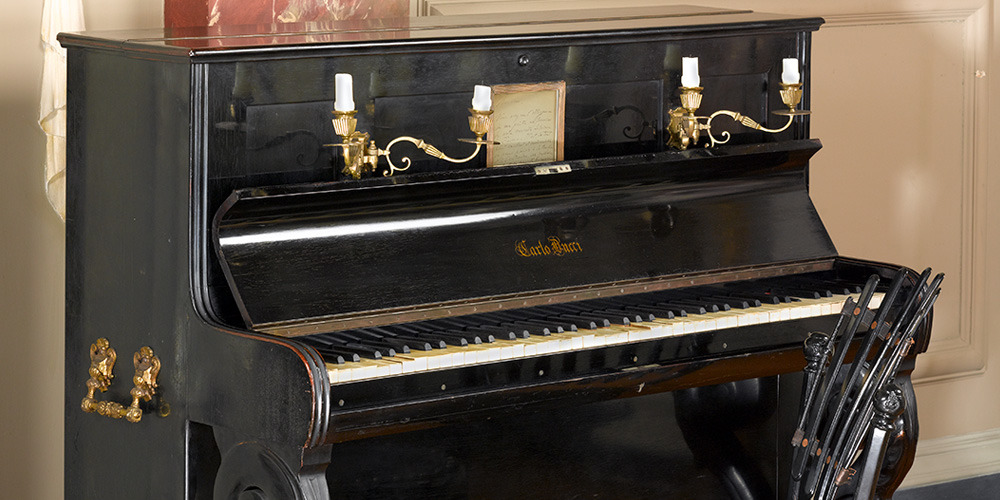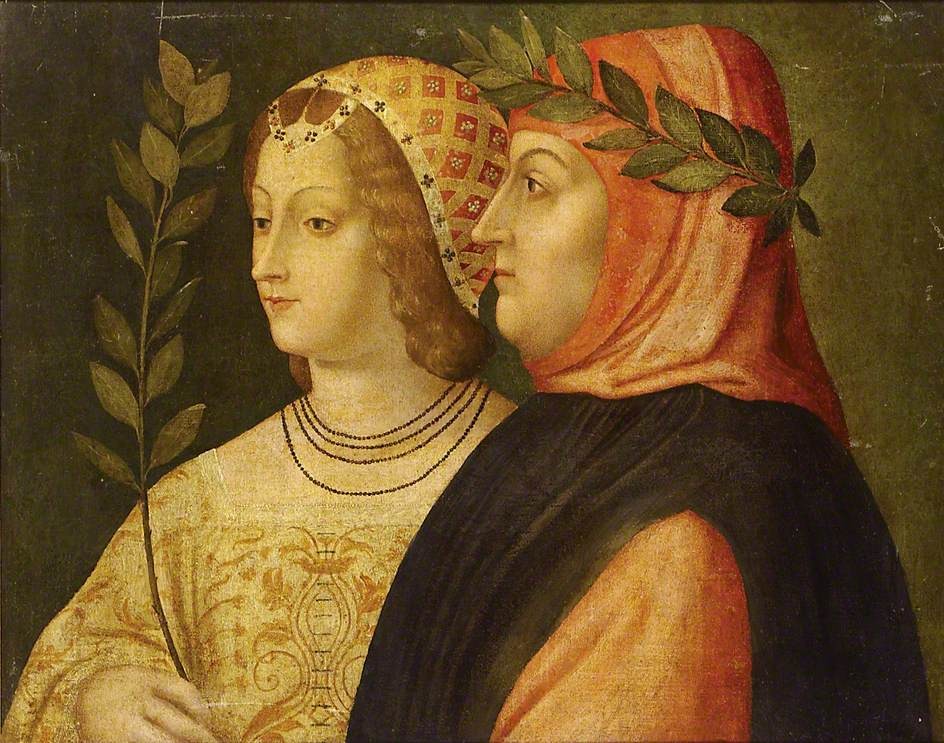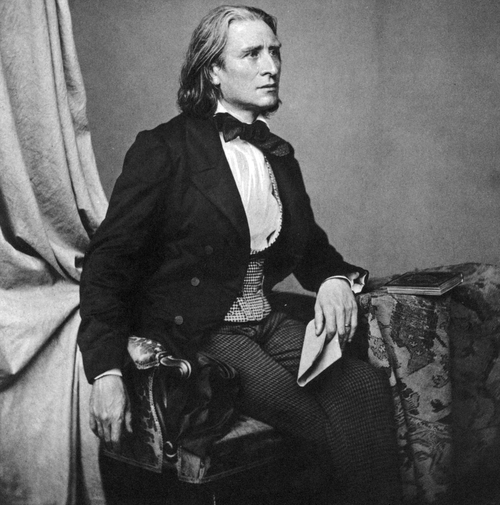The regularized austerity of J.S. Bach’s music, in particular The Art of Fugue, has fascinated many composers. Bach’s work was left unfinished, with the final quadruple fugue (Contrapunctus XIV) started but not completed before Bach’s death. J.S. Bach: Die Kunst
Liszt
“Minors of the Majors” invites you to discover compositions by the great classical composers that for one reason or another have not reached the musical mainstream. Please enjoy, and keep listening! The 1860’s were not particularly kind to Franz Liszt.
Franz Liszt (1811-1886) was one of the few composers to take on the Ave Maria multiple times. His own religious interests would have guided him to the Ave Maria text, and when he made it his own, he carries us
The Alex Cobbe collection outside Guildford, England, holds a unique piano created for a unique performer. During Franz Liszt’s trips to Florence after 1873, he was loaned a piano by its maker, Carlo Ducci. This isn’t a multi-foot grand piano
Franz Liszt was the ultimate rock star of the 19th century! Handsome, flamboyant and a genius performer with a natural aptitude for the stage, he eventually turned into a prolific thinker and monumental composer. Yet, that path towards enlightenment was
The outstanding French pianist Pascal Amoyel takes on the chameleon-like Franz Liszt in this recording of the Harmonies poétiques et religieuses (S.173) in this two-disc set that also include the Ballade No.2 (S. 171) and the Liebestraüme, (S. 541).
Haruki Murakami’s latest novel, Colourless Tsukuru Tazaki and His Years of Pilgrimage, has just been released and there’s that curious phrase in the title: “Years of Pilgrimage.” The reference, of course, is to Franz Liszt’s celebrated piano works about his
In festo transfigurationis Domini nostri Jesu Christi, S188/R74 It was relatively easy to start this series on Franz Liszt and his romantic conquests. However, it is somewhat more difficult to conclude it. Since Liszt was a fairly discreet lover, there

